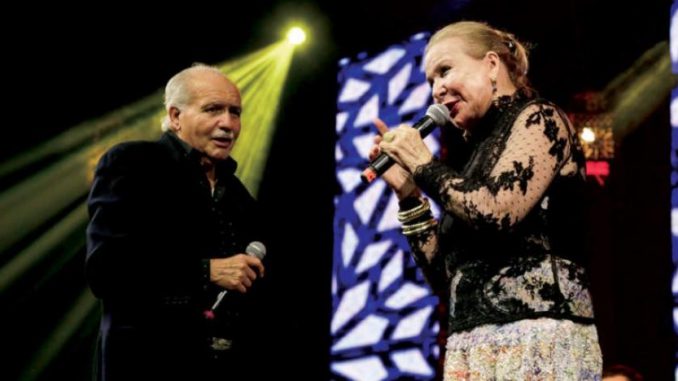
The musical genre “Chgouri” has always been associated with the Jews of Andalusia who settled in North Africa. It became famous especially in Morocco, where stars contributed to its development and passed it on to the younger generations.
This musical genre is known for its fast rhythm, dancing music and bold lyrics, which express love and nostalgia for the beautiful Andalusian era, before the expulsion of the Jews and Muslims.
The Chgouri is associated with many Jewish artists from the Maghreb, such as Mssika, and Sheikh El-Afrit in Tunisia; Salim Halali in Algeria; Sami Al-Maghribi, Zahra El-Fassia, Raymond El-Baidawiya and Botbol from Morocco, artists who have been famous since the 1950s, before this art reached its peak with other artists such as Pinhas.
Chgouri is a popular song that revolutionized the artistic regulations of its time. It was inspired by many musical genres such as flamenco, “Gharnati”, “Melhoun”, “Aita” and “Gnaoua”. It has always been present in religious occasions as well as in the celebrations of weddings, baptisms and circumcisions, among both Jews and Muslims in Morocco. This is what makes it a musical genre that bears witness to tolerance and peaceful and brotherly coexistence between these two communities.
The Chgouri is about love, family, women, patience and even patriotism. (In this regard, the song “Alf Hniya ou hniya” was first sung to celebrate the return of HM Sultan Mohammed V from exile, before it became the must-have song in all Moroccan weddings).
The Chgouri has been neglected since the exile of Moroccan Jews. But younger generations of artists have carried its torch and immortalized many of its most representative songs.




Be the first to comment